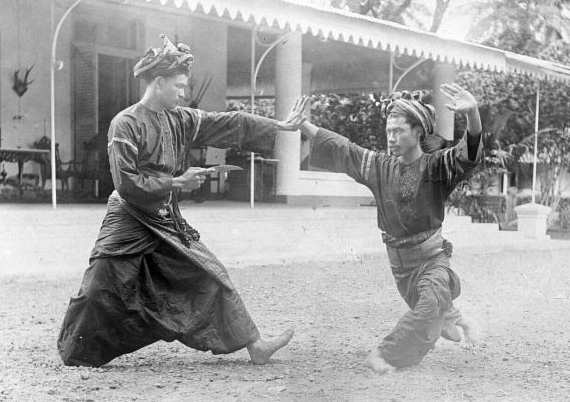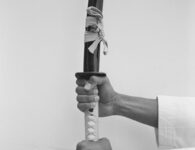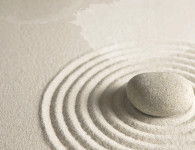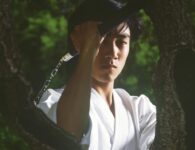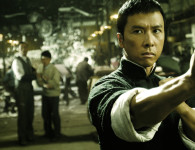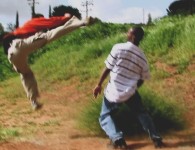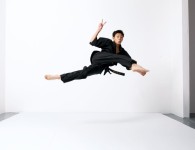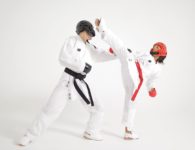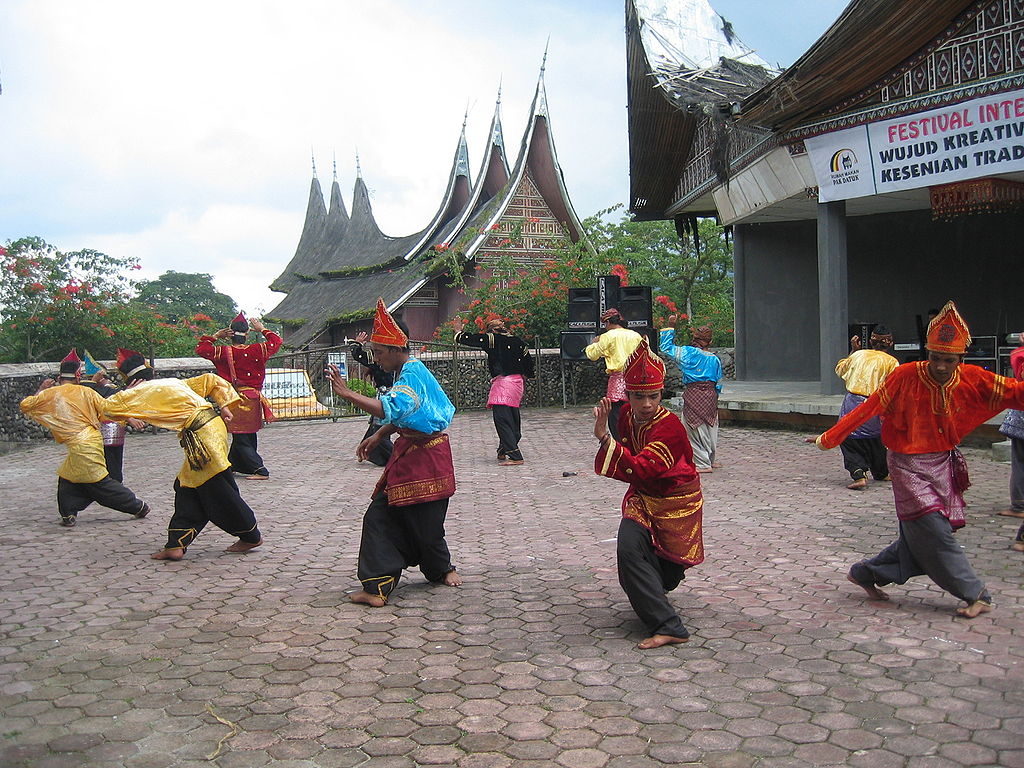
The 2010s have been an incredible time for Pencak Silat. The Indonesian martial art began to gain international recognition in 2011, thanks to its use in the highly successful and beloved action film, The Raid. Since then, its techniques have also appeared in the John Wick and Star Wars franchises. After years of increasing awareness and respect, it’s closing out the decade with a new honor: the United Nations Educational, Scientific and Cultural Organization (UNESCO) inscribed Pencak Silat onto its Representative List of the Intangible Cultural Heritage of Humanity.
The organization made the announcement at a meeting in Bogota, Colombia earlier this month, citing the martial art’s ability to foster comradeship and social order.
Pencak Silat is the tenth Indonesian tradition to be recognized as world cultural heritage.
What is Pencak Silat?
Pencak Silat is an umbrella term for all of the martial arts that have developed in Indonesia. The roots of what would become Pencak Silat can be traced back to the Javanese legend of Aji Saka, but the first recorded evidence of organized martial arts in the area date back to the 6th century. There are currently over 150 forms of Pencak Silat recognized by Indonesia. While each form is unique, most include some combination of the following: strikes (pukulan), kicks (tendangan), locks (kuncian), weapons (senjata), mental focus. Many martial artists train in Pencak Silat for sporting purposes, and the discipline is a competitive event in the Pencak Silat World Championship, the Southeast Asian Games, and the Asian Games. But Pencak Silat is also a source of self defense training, and a cultural pursuit. It has become a favorite discipline for Hollywood action scenes thanks to The Raid, John Wick, and Star Wars.
What is UNESCO?
The United Nations Educational, Scientific and Cultural Organization is an United Nations organization dedicated to promoting international collaboration in education, sciences, and culture. In doing so, UNESCO hopes to increase universal respect for justice and human rights.

What does UNESCO say about Pencak Silat?
Unesco’s website now has an entire page dedicated to Pencak Silat that covers its philosophy, methods, tools, cultural elements, and much more. The page includes links to the nomination text, supporting documents, video, audio, and photographs of Pencak Silat in action.
There’s also this thoughtful and comprehensive introduction to Pencak Silat as a martial art and as a culture:
“In addition to their sporting element, Traditions of Pencak Silat also encompass mental-spiritual, self-defence and artistic aspects. The moves and styles of Pencak Silat are strongly influenced by various elements of art, involving a unity of body and movement fitting the accompanying music. The term ‘pencak’ is better known in Java, while the term ‘silat’ is better known in West Sumatra, describing a group of martial arts with many similarities. In addition to local terms, each region has its own moves, styles, accompaniments, music, and supporting equipment, which includes costumes, musical instruments, and traditional weapons. Pencak Silat practitioners are taught to maintain their relationship with God, human beings, and nature, and are trained in various techniques to deal with attacks or other dangerous situations based on principles to protect themselves as well as others, avoid harming the offender and build comradeship. The practice strengthens comradeship, maintains social order, and provides entertainment for ritual ceremonies. Related knowledge and skills are commonly taught in non-formal schools and include oral traditions and expressions such as greetings, philosophical phrases, rhymed poems, advice, as well as songs and techniques to play the instruments.”
What does this mean for Pencak Silat?
This designation is well-earned recognition for the history and traditions of Pencak Silat. And could play a role in its continued success as a martial art and as representation of its origins.
“It’s an honor that Pencak Silat has been recognized internationally,” Anwar bin Sholeh, who has been practicing the martial art since childhood, told The Philippine Star of the news. “This will motivate us to preserve our traditions and culture.”
Another Pencak Silat practitioner, Rian Irawan bin Maswan Hasan, told the paper that he was glad to see recognition for the art extend beyond Hollywood. “It’s a unique martial art because it is not only for health and self defense, but it also builds solidarity and brotherhood among it members,” he said.
In conversation with The Jakarta Post, one Indonesian politician reflected on the value of this Pencak Silat’s newfound UNESCO status. And reinforced his country’s commitment to the martial art’s future. “The inclusion of Pencak Silat as intangible cultural heritage […] is proof that the international community recognizes the importance of this martial art that has been passed down in Indonesia for generations and even to this day, Indonesia is committed to preserving the tradition of Pencak Silat, not only through its instruction as a sport or martial art, but also in arts and culture.”
